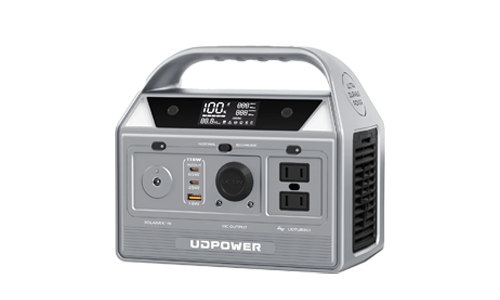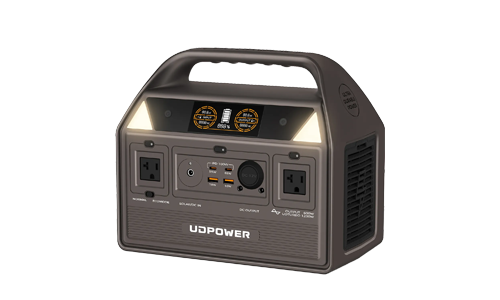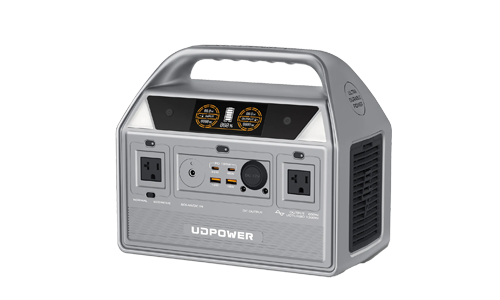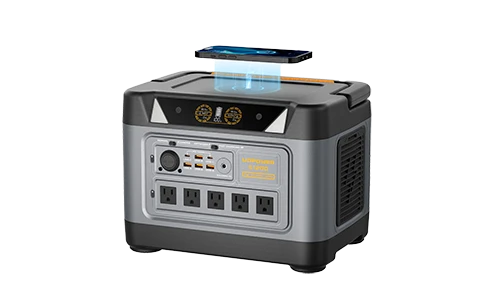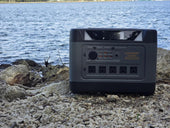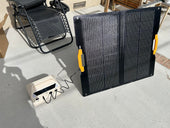How Many kWh Per Day Is Normal in the US?
ZacharyWilliamShort answer A typical U.S. household uses about ~29 kWh per day (based on ~863 kWh per month in 2024). Actual daily use ranges widely by state, home size, climate, and equipment.
“kWh per day” = the electricity you consume in a day. You’ll find your actual kWh on your utility bill; divide by the number of days in the billing period.
1) What’s “normal” daily kWh in the U.S.?
Looking at national utility data for 2024, the average U.S. household used about 863 kWh per month. Dividing by ~30 days gives roughly ~29 kWh/day. That’s a helpful benchmark for “normal,” but your number may be higher or lower depending on climate, home size, and which appliances run on electricity (heat pump, electric water heater, EV charging, etc.).

2) Why usage varies so much
- Climate & season: Air conditioning and electric heating are major drivers. Hot summers and cold winters push daily kWh up.
- Home size & insulation: Larger or poorly insulated homes typically use more energy to maintain comfort.
- Appliances & fuel mix: Electric water heating, clothes drying, and cooking can add several kWh/day; homes using gas for these use less electricity.
- Lifestyle & occupancy: More hours at home, remote work, or bigger households → more device time and laundry/cooking.
- EV charging: Regular home charging can add 5–20+ kWh/day depending on miles driven and vehicle efficiency.
- On-site solar: Low “purchases” from the grid may hide higher total consumption if solar covers part of your use.
3) By-state snapshots (monthly → daily)
States with heavy cooling/heating loads or widespread electric heating tend to be higher; mild-climate states tend to be lower. Below are examples using 2024 residential monthly consumption; dividing by ~30 gives a rough daily figure.
| Area | Avg. Monthly (kWh) | Approx. Daily (kWh) | Notes |
|---|---|---|---|
| U.S. Total | 863 | ~28.8 | National benchmark |
| Florida | 1,104 | ~36.8 | High A/C demand |
| Texas | 1,096 | ~36.5 | Large cooling load; many all-electric homes |
| Louisiana | 1,202 | ~40.1 | Among the highest |
| Missouri | 1,001 | ~33.4 | Seasonal swings |
| California | 503 | ~16.8 | Mild coastal climates; higher prices, more efficiency |
| Hawaii | 495 | ~16.5 | Low kWh use but very high rates |
| New York | 571 | ~19.0 | More multifamily housing, gas heat common |
To get your state’s precise monthly average, check your utility’s dashboard or your state’s public utility commission reports.
4) How to estimate your home’s daily kWh
From your bill
Daily kWh ≈ (kWh this period) ÷ (days in period)
Many bills list kWh and the exact number of days (e.g., 892 kWh over 31 days → ~28.8 kWh/day).
Rule-of-thumb checks
- Small apartment (electric only): ~10–20 kWh/day
- Average single-family home: ~20–40 kWh/day
- With EV charging: add ~6–15 kWh/day depending on miles driven
5) Ways to lower daily kWh (that actually work)
- HVAC: Seal/insulate, set smart schedules, service filters, consider heat-pump upgrades.
- Water heating: 120°F setpoint, insulate pipes/tank, low-flow showerheads, consider heat-pump water heaters.
- Laundry & kitchen: Cold-wash, full loads, air-dry when possible; induction ranges and heat-pump dryers save over time.
- Standby & lighting: Smart power strips; LEDs everywhere.
- Solar + storage: Can cut grid kWh purchases (your total consumption may stay similar but your bill drops).
6) Planning backup power (UDPOWER picks)
For outages or off-grid days, you’ll size storage by daily kWh and the critical loads you want to run. Keep the product suggestion light—here are two options sized to common needs:
UDPOWER S1200

- 1,190Wh battery; 1,200W AC (up to 1,800W surge)
- Enough for lights, Wi-Fi, laptop/phones, a fridge for hours, and small cooking appliances in moderation
- View S1200
UDPOWER C600

- 596Wh battery; 600W AC (up to 1,200W max)
- Great for essential electronics, LED lighting, modem/router, and short appliance runs
- View C600
Quick sizing math: if your critical loads need ~5 kWh/day, an S1200 (≈1.19 kWh usable per full charge, minus inverter losses) covers roughly a few hours of those loads—plan multiple units, solar input, or a larger system for multi-day outages.
7) FAQs
Is 30 kWh/day a lot?
Why is my winter usage high if I don’t use A/C?
How does an EV change daily kWh?
Does solar make my daily kWh “zero”?
8) Sources
- U.S. average & state monthly consumption (2024). EIA — Sales, Revenue & Price (Table 5A)
- Background on home electricity use & drivers. EIA — Electricity use in homes
- Historical national averages & state highs/lows. EIA FAQ — How much electricity does an American home use?


